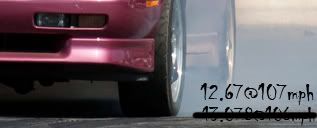I would suggest starting most of your tuning over.
You've been tuning a symptom up till now,and you don't know how flow was affected at all off-idle situations.
I would almost erase everything and go right back to the stock file and start over.
You've been tuning a symptom up till now,and you don't know how flow was affected at all off-idle situations.
I would almost erase everything and go right back to the stock file and start over.




Comment